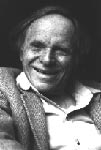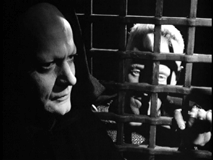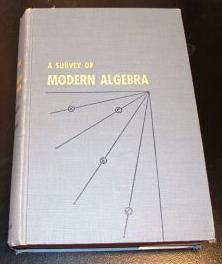(Augustine’s
City of God?)"
David Van Biema in Time Magazine
(May 2, 2005, p. 43)

on Augustine's City of God:
The City of God is that the Christian church
is superior and essentially alien
Click on the above for a rendition of
Appalachian Spring.
This year's April -
theme is "Mathematics and the Cosmos."
For my own views on this theme as it applies
to education, see Wag the Dogma.
For some other views, see this year's
Mathematics Awareness Month site.
One of the authors at that site,
which is mostly propaganda
for the religion of Scientism,
elsewhere quotes
an ignorant pedagogue:
of the
Platonists.'"
Associate Professor,
Department of Mathematics
Appalachian State University, Boone, NC
Damned nonsense. See Math16.com.












Recent Comments